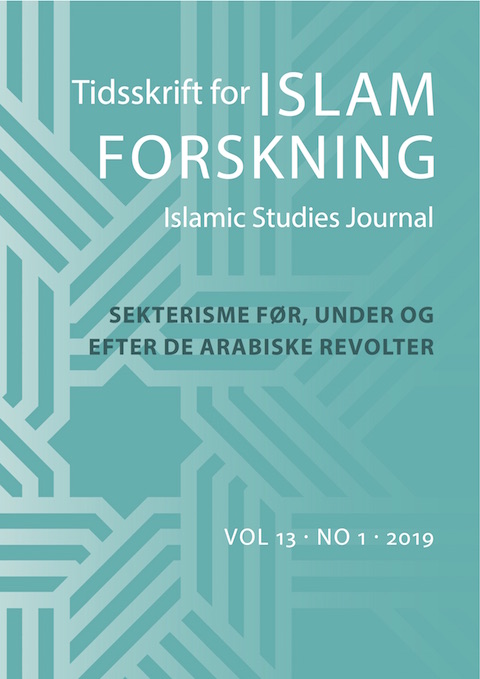Shia-sunnisekterisme til debat i et nyt Mellemøsten
DOI:
https://doi.org/10.7146/tifo.v13i1.112224Keywords:
sekterisme, Mellemøsten, shiaislam, sunniislam, identitetspolitikAbstract
The notion about a sectarian – or “sectarianized” – Middle East, where a divide between Shia and Sunni Muslims – or Shia and Sunni Islam – constitutes a major cleavage in politics, has become a “hot topic” in recent years’ debate about the nature of a so-called “new Middle East”. While it is generally agreed that sectarian politics has become a factor in the Middle East today, it is at the same time obvious that the debate on sectarianism is marked by considerable confusion and disagreement. Against this background, this article provides an overview of this multidimensional debate by identifying and discussing some of the prominent positions to the currently most contested issues on sectarian politics. In addition to the basic questions about how to conceptualize and observe sectarianism, these concern the questions about where and how sectarianism matters in today’s Middle East, why the region has experienced a “sectarian surge” and what the consequences of this “sectarianization” will be for various aspects of Middle East politics.
Downloads
Published
How to Cite
Issue
Section
License
Scandinavian Journal of Islamic Studies publish under creative commons license BY-NC-SA.





